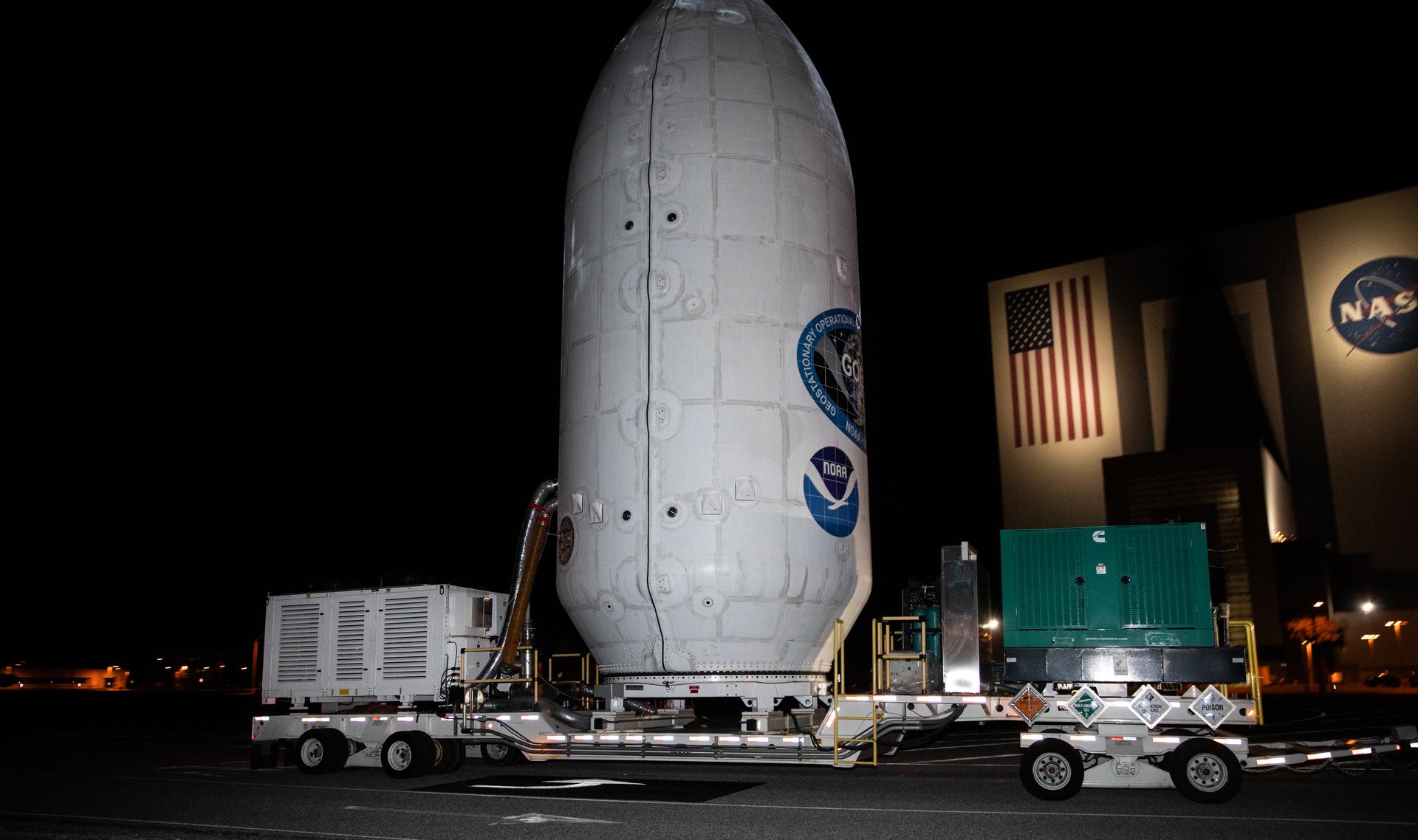Time: 2024-06-19
The National Oceanic and Atmospheric Administration's (NO) GOES-R series constellation is set to be complete with the upcoming launch of the GOES-U satellite at the end of June. This mission will make history as it will be the first time a NO satellite is transported into space using a SpaceX Falcon Heavy rocket. The decision to switch from the Atlas V rocket to Falcon Heavy was due to SpaceX winning the contract competition, offering a more cost-effective solution that met all the mission requirements.
The GOES-U satellite was transported from the Astrotech Space Operations facility to the SpaceX hangar at Launch Complex 39A at NASA's Kennedy Space Center in Florida. The two-hour launch window is scheduled to open at 5:16 p.m. EDT on Tuesday, June 25. The GOES-U satellite is the final addition to the GOES-R series, providing advanced weather forecasting and warning capabilities for meteorologists to better prepare for both Earth and space weather.

NASA will provide live coverage of the prelaunch and launch activities for the GOES-U mission. The satellite will play a critical role in monitoring tropical systems in the Eastern Pacific and Atlantic oceans, aiding in timely warnings and forecasts to protect the population in the Americas. Additionally, GOES-U carries a new compact coronagraph to image the outer layer of the Sun's atmosphere, detecting and characterizing coronal mass ejections.
The decision to switch to Falcon Heavy for the GOES-U launch came with challenges for the launch teams. The integration process for the satellite had to be adjusted due to the differences in rocket configurations. While previous GOES-R satellites were launched using the Atlas V rocket with vertical integration, Falcon Heavy required horizontal integration, presenting unique challenges for the fuel system of the satellite.
Despite these challenges, the teams worked diligently to ensure a successful launch. Changes were made in the processing and integration of the satellite to accommodate the requirements of the Falcon Heavy rocket. The return boosters of Falcon Heavy also add an exciting element to the launch, extending the event time for spectators and viewers.
NASA will offer comprehensive coverage of the GOES-U mission, including prelaunch shows, science briefings, and news conferences with key participants. The agency aims to keep the public informed about the mission's progress and provide insights into the advanced capabilities of the new satellite. With the launch scheduled for June 25, NASA encourages the public to engage on social media using hashtags such as #ReadyToGOES and #NASASocial to show support for the mission.
As the GOES-U satellite prepares to join the GOES-R series in geostationary orbit, it signifies a significant advancement in weather monitoring and forecasting capabilities. The collaboration between NO, NASA, SpaceX, and other partners highlights the importance of space exploration and its impact on improving our understanding of Earth and space weather phenomena.